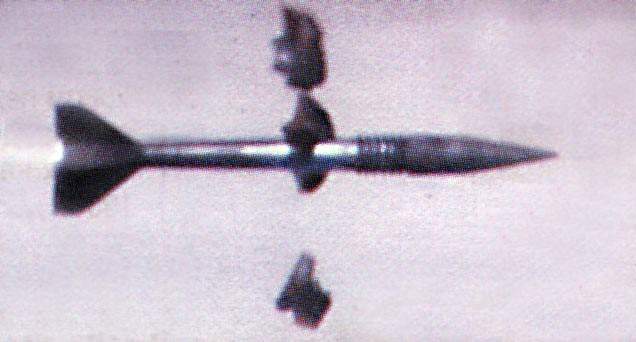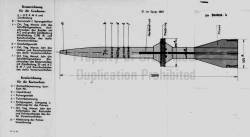The Steyr AMR also seems to have had its own problems with hitting the target, even though when it did the claimed penetration of 40mm of steel at 1000 metres is phenomenal performance.

Modern tank guns firing APFSDS rounds on the other hand are incredibly accurate, hitting their targets 3,000 metres away and beyond.
The full bore fin design dispenses with a centering sabot, it just needs a pusher plate which should make for an extremely clean separation. I think the first two shots in the last DR video bear this out, both shots hit dead straight.
Somwhere between is the Russian fullbore fin design with a discarding centering disk:

Nadezhda. huh.

Well, I say Russian design, it was originally used by the Germans for their Peenumünde arrow shell - Peenemünder Pfeilgeschoss or Flugstabilisierte treibringgeschoss. It was of 12cm caliber and 1911mm (75.23 in) long, with a 31cm diameter three-piece discarding ring sabot at the waist and four fins at the rear. ( some early model had six fins ) On firing, from the K5 Glatt smoothbore gun, the ring was discarded and fell about 2km ( 1.25 miles ) in front of the gun, leaving the fin-stabilized projectile to fly to the target. development began in February 1940 and the long-range trials, fired at the Rugenwalde range,gave a maximum range of 151 km ( 93.83 miles ).











